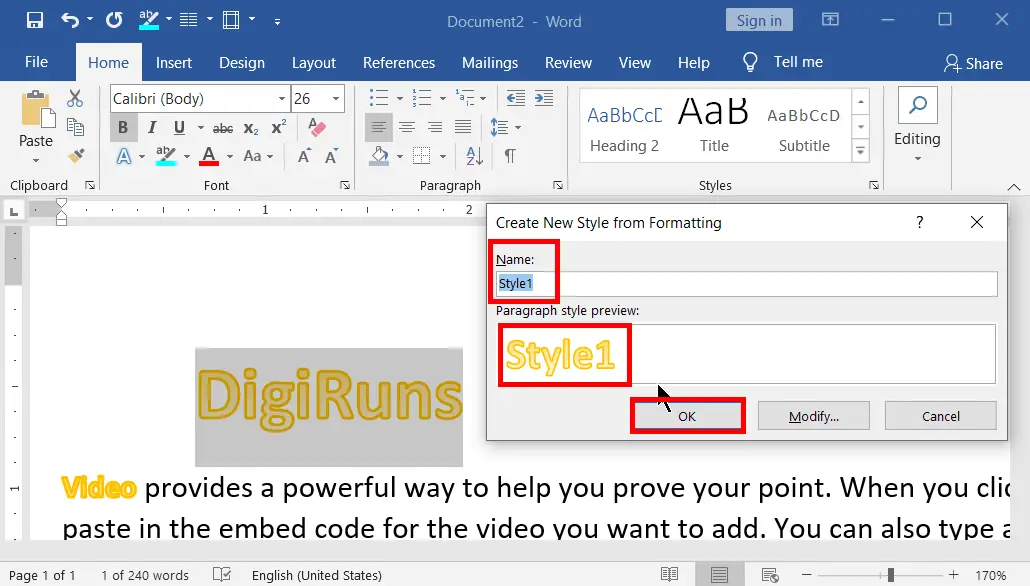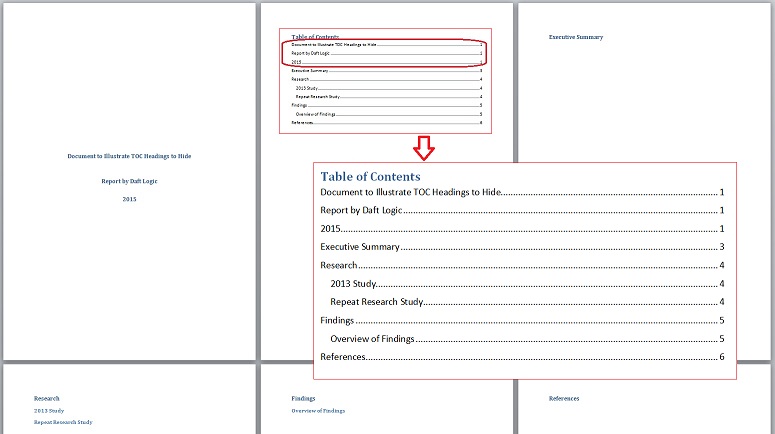
Numbering the headings in the body of the document and the Appendixes Referring to captions for figures, tables etc (eg "see Figure A2.3, below") Referring to headings (eg "see Chapter 3, above")Ĥ.
#MAKING HEADINGS IN MICROSOFT WORD HOW TO#
This page shows you how to do numbering for headings, figures, references to figures and page numbers in a document that contains several "Chapters" (or "Parts" or "Sections") followed by one or more Appendixes.Ģ. But it doesn't all work well in an Appendix. The built-in Heading styles have all kinds of "magic" properties: they can be used to number Figures or Tables, refer to those Figures or Tables, build tables of contents, tables of figures and so on. But they don't cope well with Appendixes. Word's built-in heading styles (Heading 1, Heading 2 and so on) are terrific for numbering headings in your document. Only then can you create a cross-reference to these captions in the text.

Use Heading 6 to 9 styles for the Appendix.Ĭreate a new label (Figure_Apx) to number captions for figures in your Appendix. Use Heading 1 to 5 styles for the main body of the document. Get really good ideas every day: Subscribe to the Daily Dispatch and Weekly Wrap (it’s free).Use the built-in heading styles to number headings and figures in an Appendix Illustration © Subscribe to Attorney at Work However, once you reset your default fonts, at least your days of adjusting the fonts every time you start a document are behind you.Ĭlick here to read more of Deborah’s Microsoft Office tips. This doesn’t affect documents you receive from others or any existing documents you created. Now Every New Document You Start in Word Will Use the Microsoft Office Fonts You Prefer Save everything you’ve done by clicking Set as Default on the Design tab (next to the Colors and Fonts buttons). Word will ask whether you want to make this the default for this document only or for all future documents based on the Normal template. Select +Body and the size text you want, then click Set as Default in the lower left-hand corner. Go to the Home tab and click on the small launcher arrow in the lower right-hand corner of the font section to go to the Font dialog box. Once you reset the font style, the default text size is an easy fix, too. Then you can name your preferred font set before clicking Save. Just use the drop-down for each to find a font more to your liking. This is where you set the two Styles I told you about earlier, +Body and +Headings, which in turn control basic settings for many of the other Styles in a Word document. On the left, you’ll see Heading font and Body font. That’s going to take you into the Create New Theme Fonts dialog box. From here, you want to choose Customize Fonts. Clicking on Fonts will give you a list of preconfigured font sets.

Over on the far right is a drop-down called Fonts. These settings are found in the Design tab (introduced into Microsoft Word with version 2013). Fortunately, you can permanently change just two Styles (+Body and +Headings) to give your documents a more businesslike typeface.

One of the most persistent frustrations legal users have with Microsoft Word fonts is the default font settings. If you’re sick of MicroSoft word fonts Calibri and Cambria, change your default heading and body styles so you can start every new Word document with the fonts you prefer.


 0 kommentar(er)
0 kommentar(er)
